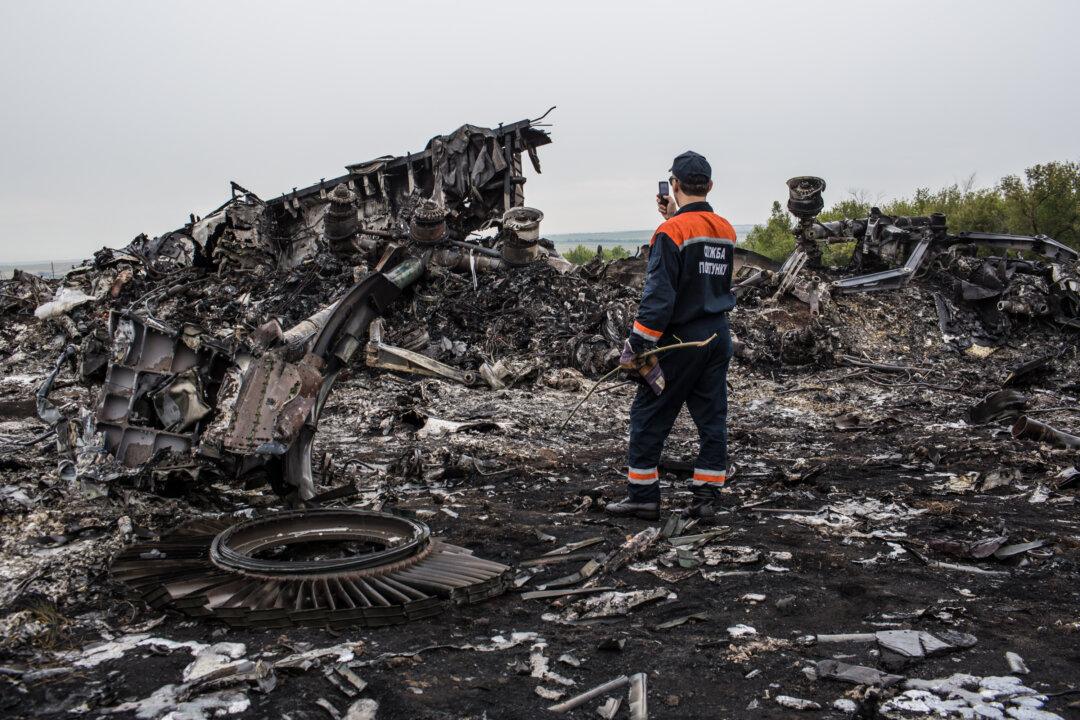A Russian BUK surface-to-air missile likely took down Malaysia Airlines Flight MH17 last July, according to a Dutch forensics expert.
A scrap of metal found at the site came from a BUK missile, and it was picked up by a Dutch journalist visiting the village of Hrabove where the plane hit the ground. All 298 people on board the plane died when the plane crashed.
RTL News reported that pieces of shrapnel examined by forensic experts showed that it likely matched components from a BUK anti-aircraft missile system, according to News Ltd. and Reuters.





